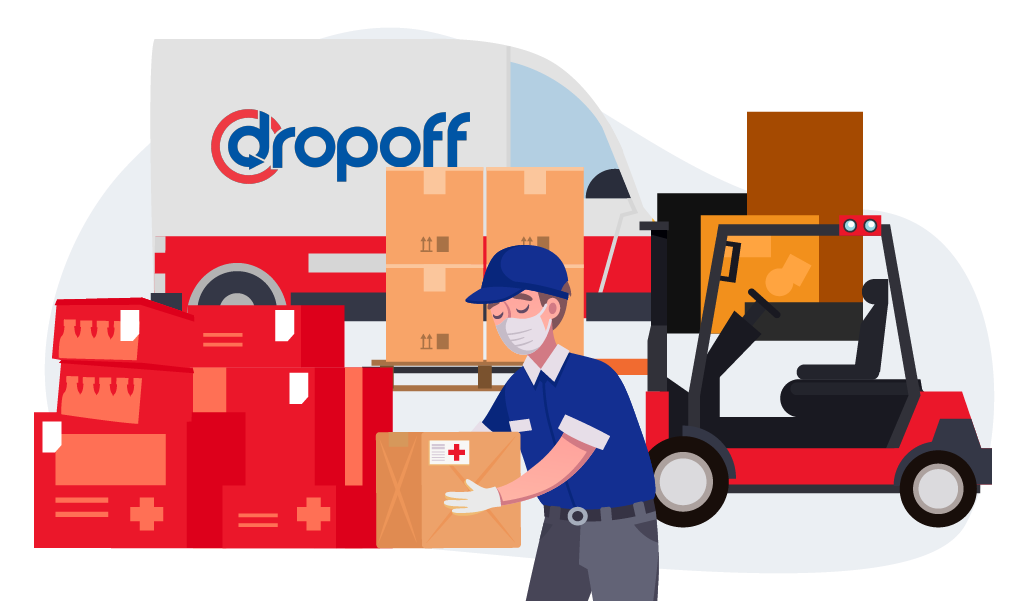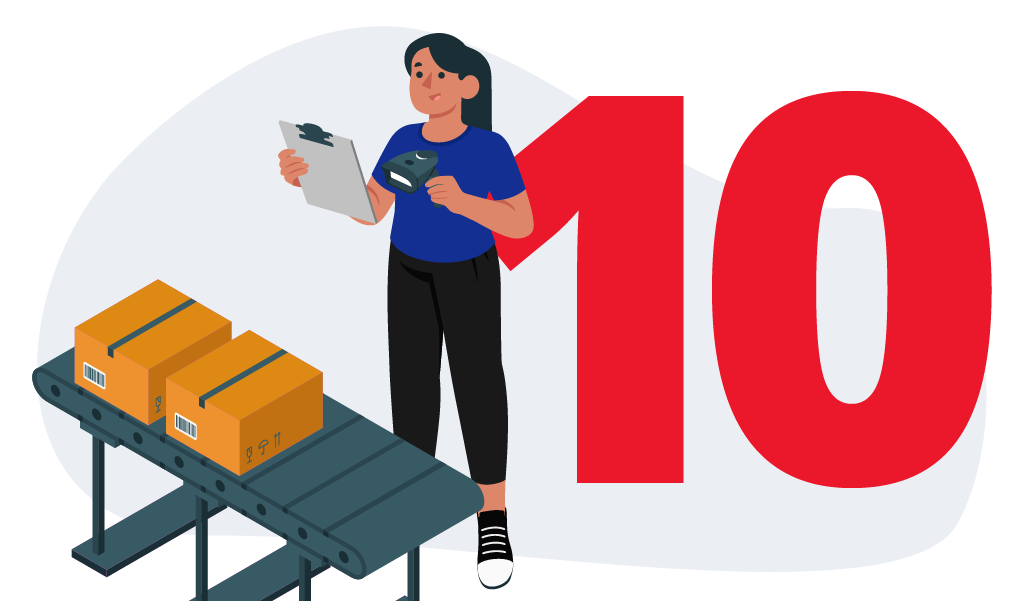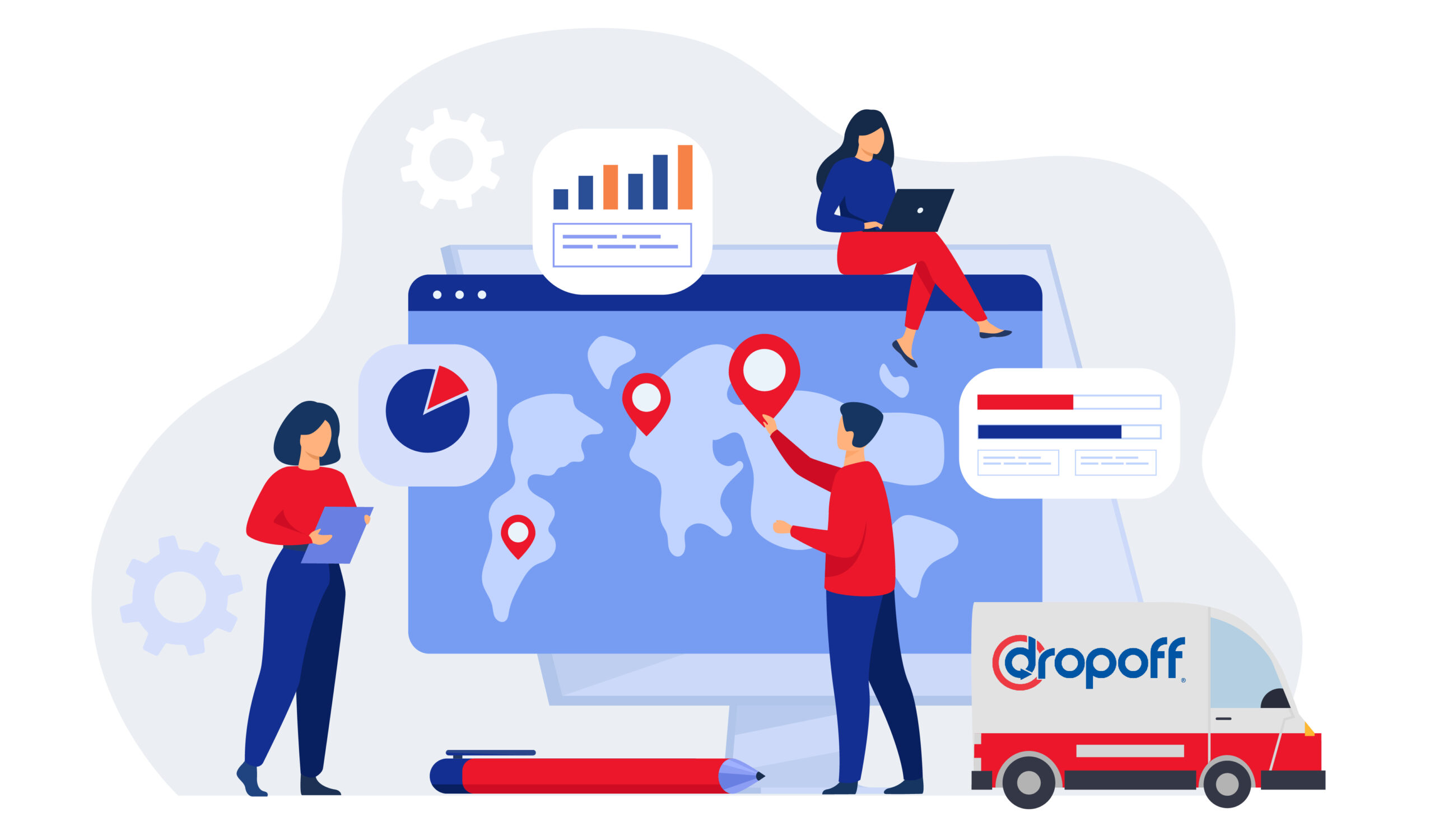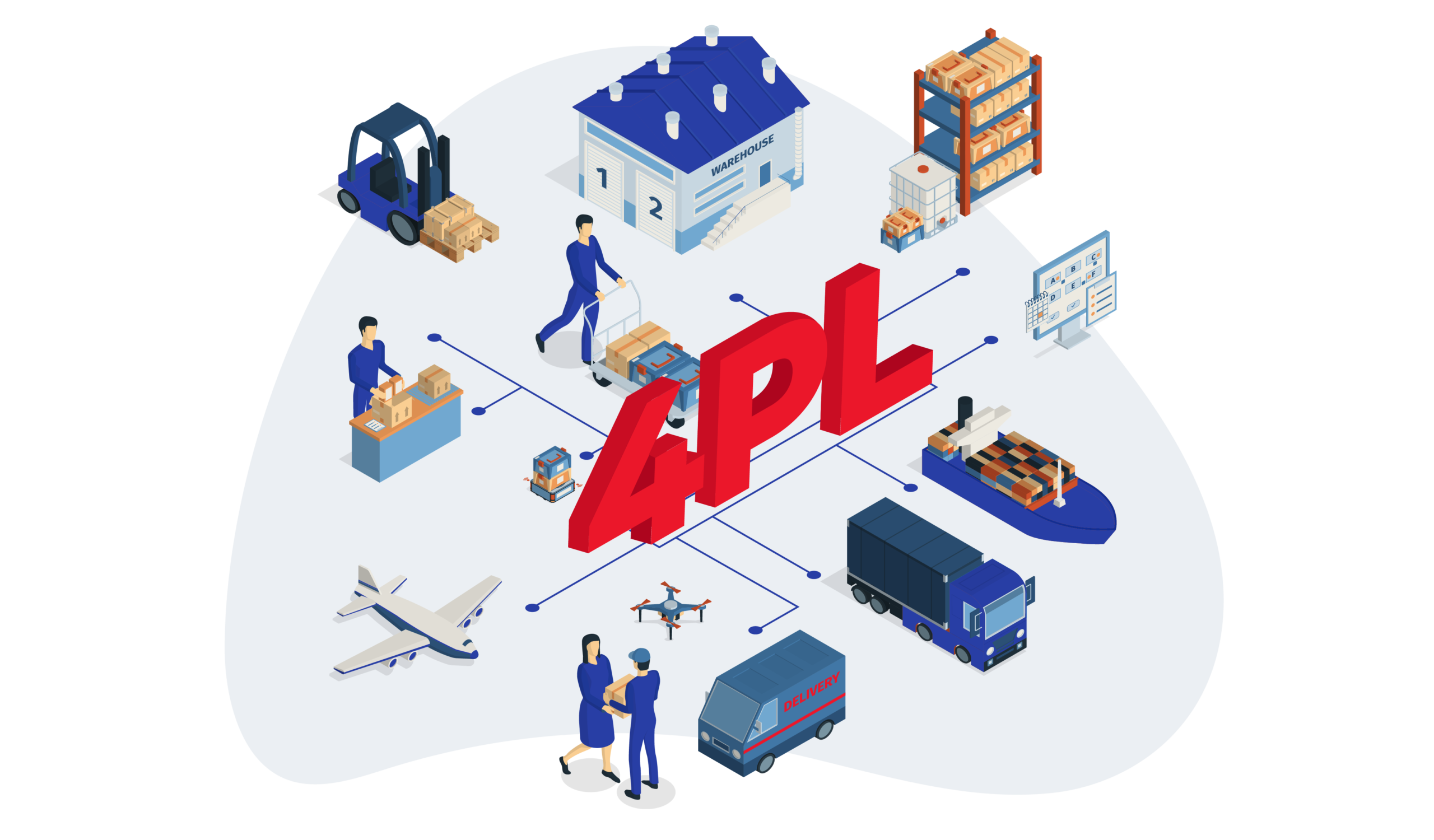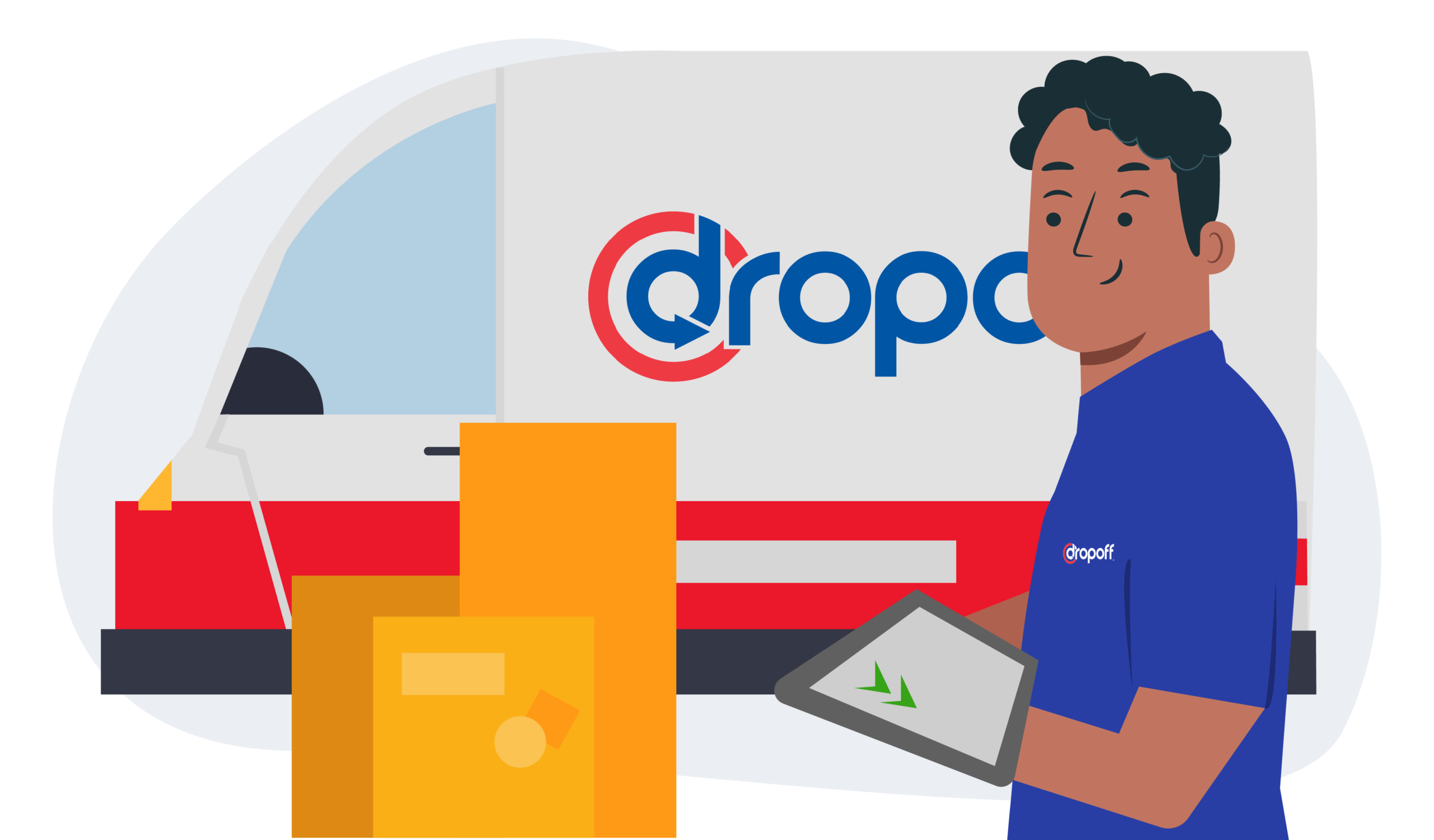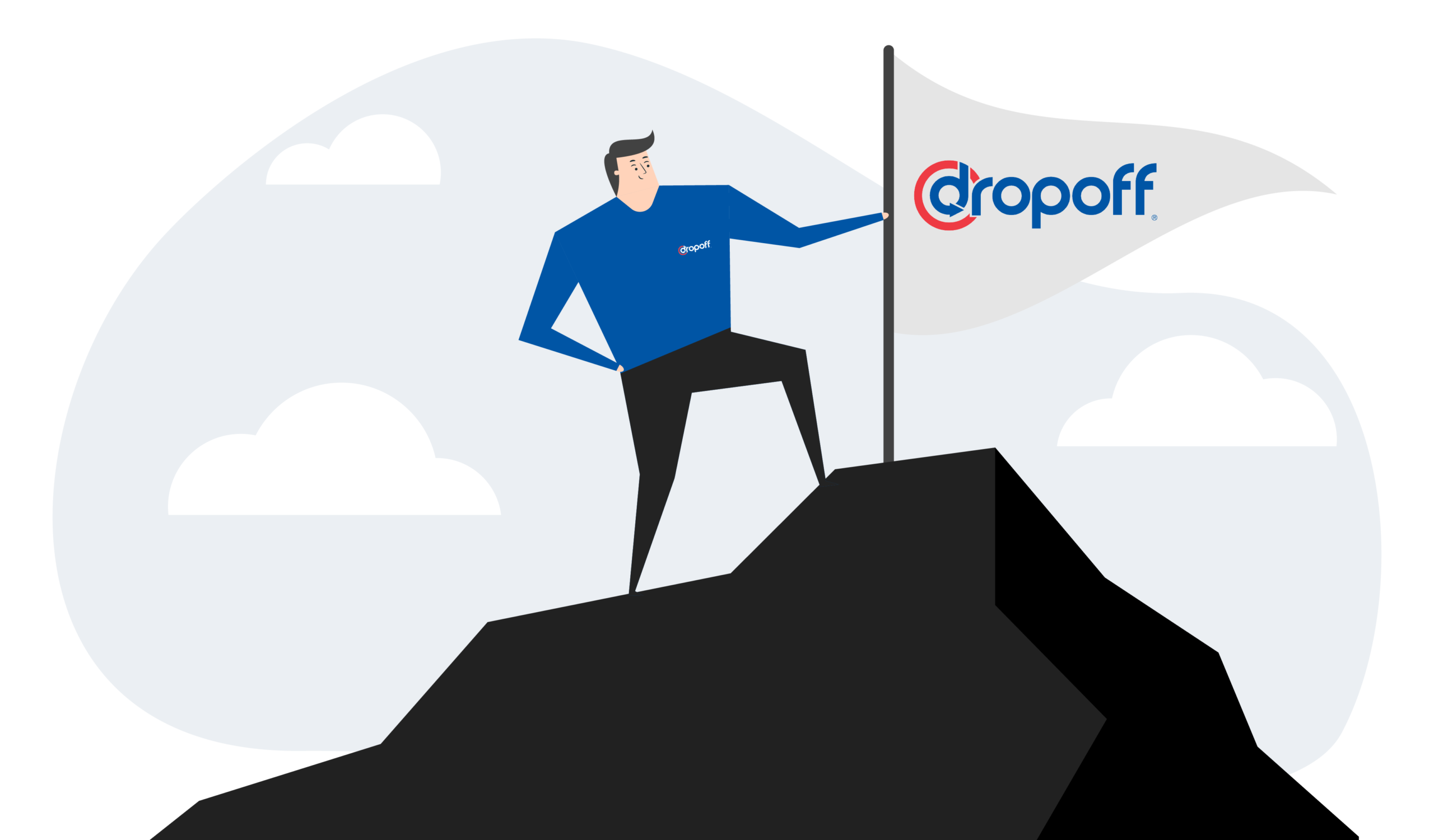What Is Outbound Logistics and How Do Businesses Benefit From It?
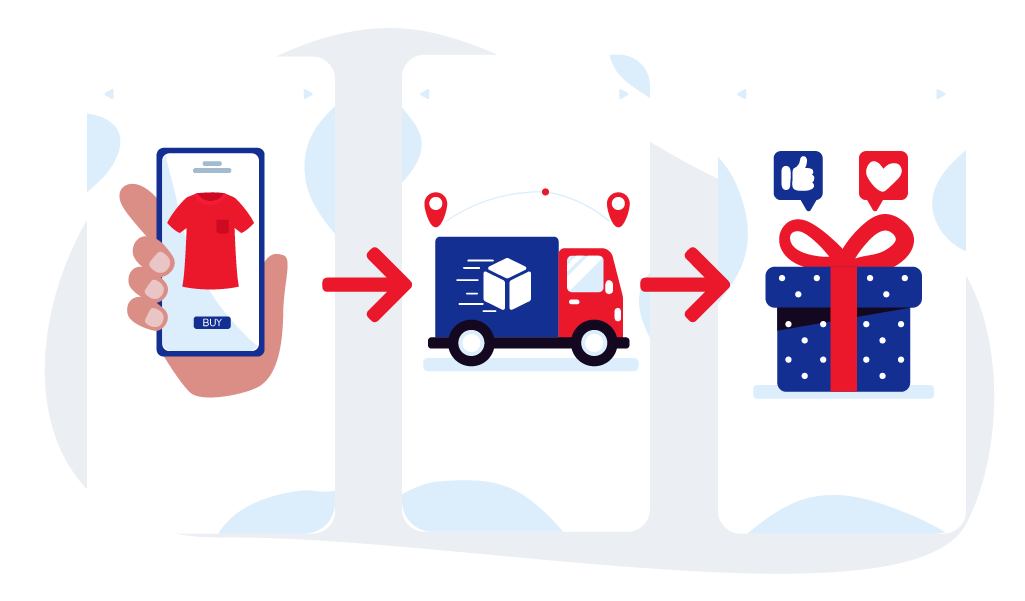
Outbound logistics greatly impacts a company’s efficiency and delivery performance. It manages the storage, transportation, and distribution of finished goods.
According to Deloitte, companies with good supply chains tend to have higher revenue growth. Only a tiny percentage of companies with poor supply chains have increased profits. Hence, it is essential to have a solid outbound logistics system.
This article will explore the various components of outbound logistics and how businesses can use it as an edge.
What Is Outbound Logistics?
Outbound logistics is the process of getting goods to the customer or end user. It includes fulfilling orders, packing, shipping, delivering, and providing customer service related to the delivery.
Outbound logistics focuses on meeting customer demand.
Top 5 Challenges of Outbound Logistics
Experiencing issues with outbound logistics impacts profits and customer satisfaction.
Let’s break down the most common challenges below.
1. Organizing Different Operations
Outbound logistics teams must continuously monitor production, storage, and distribution. It’s not easy coordinating the movement of goods.
They have to make more room in the warehouse if production goes up. And if production goes up to meet customer demand, they have to figure out how to get the products to customers.
Software and automation will help streamline the process by connecting production to storage capacity and demand.
2. Attaining the Seven Rs
Professor John J. Coyle, an expert in logistics and supply chain management, came up with the seven Rs:
- getting the right product
- to the right customer
- in the right quantity
- in the right condition
- at the right place
- at the right time
- and the right cost
You need a management process that locates weaknesses and room for improvement to achieve these.
3. Planning Inventory Costs
To have the right amount of inventory without overspending, you must plan carefully.
Pay attention to inventory metrics like sell-through rate and inventory turnover. And track numbers like safety stock and changes in demand.
A comprehensive list of inventory management metrics has helpful formulas for managing inventory.
4. Planning Transportation Costs
Transportation is a major cost for outbound logistics. To save money, try reviewing past spending to find ways to be more efficient.
Other cost-cutting strategies include dynamic pricing, getting discounts from carriers, and looking at freight marketplaces.
5. Meeting Customer Expectations
Customers expect fast and free delivery; in some areas, same-day or even two-hour delivery is the norm. They want to see the status of their orders in real-time and track them on a map.
Logistics teams should recognize that a poor delivery experience will have long-lasting effects on customers.
Check out our article on the pros and cons of reverse logistics!
Step-by-Step Outbound Logistics Process
The simple outline of how outbound logistics works will help you understand the process better.
1. Order Processing
A customer orders a product or service through a company’s sales channel. The company confirms the order, gets the requested products from inventory, and creates the necessary documents.
2. Replenishment
Saved inventory is moved to primary storage and replaces the product just bought. This process might require producing more goods or ordering more raw materials to maintain enough inventory.
3. Picking and Packing
Warehouse workers pick products from storage to fulfill the order.
The staff prepares the order for shipping by packaging it, adding labels, and creating necessary documents.
They sort the orders by how they will be shipped, how urgent they are, and their destinations. Then, they load the orders onto trucks that are going out.
4. Delivery
The order leaves the warehouse and goes to a distribution center or a partner. The company’s system records the shipment and sends the customer tracking information. The order is delivered from the distribution center to the customer. This is the most costly and crucial step.
Here’s everything you need to know about last-mile fulfillment.
5. Customer Service and Troubleshooting
Outbound logistics includes any process related to getting orders to customers. So be prepared to communicate with customers and fix any orders, fulfillment, or shipping issues.
Examples of Outbound Logistics Activities
Outbound logistics management comes with many components. All the activities involved in the process play big roles in ensuring the customer has a great delivery experience.
1. Warehouse and Storage Management
A company will have a certain amount of goods to meet customer demand. Outbound logistics stores these goods in the right conditions and organizes them.
Both inbound and outbound logistics involve managing a warehouse, but outbound deals with shipping out the finished products.
For companies that sell products from suppliers, outbound logistics fulfill orders and distribute the products to customers or stores.
Here’s a 6-minute read on common warehouse shipping mistakes and how to avoid them.
2. Inventory Management
Software helps with inventory management. It decides where to store goods in the warehouse for fast order fulfillment and how to pick and pack orders. The main goal of inventory management is accuracy with inventory and orders. That is followed by maintaining product quality by preventing damage, theft, or spoilage.
3. Outbound Transportation
How products are shipped depends on what they are. For example, trucks might ship big items like heavy machinery in small quantities. Perishable items like fresh flowers might be shipped by plane in refrigerated containers.
4. Delivery
Outbound logistics ensure orders are delivered on time, have the correct items and quantities, and aren’t lost or damaged during transit. This step is crucial to a company’s success.
Distribution Channels
How your product gets to the customer, called distribution channels, affects how you organize outbound logistics.
Distribution channels can be divided into two: direct and indirect. Direct is when you sell directly to customers, and indirect sales are through a middleman like a wholesaler.
There are many distribution methods, including direct-to-customer, value-added resellers, dealer networks, dual distribution, omnichannel, and drop shipping.
When choosing distribution channels, think about logistics complexity, cost, speed, quality, customer satisfaction, and control.
5. Last-Mile Delivery
The final step in an order’s journey is the last shipping leg and delivery, called the “last mile.” This is usually the most costly and inefficient part of delivery.
Last-mile logistics include home grocery delivery from a local store and package delivery by a common carrier. Before the last mile, shippers can handle many orders at the same time in the same way. For example, they will put dozens of orders going to the same city in one truck.
But in the last mile, each delivery is handled individually because it goes to one address. Deliveries to addresses are spread over a suburban area or packed within a city center with tricky parking.
6. Delivery Optimization
Optimizing delivery means reducing costs and meeting customer expectations for speed and visibility.
Route planning software helps in ways such as:
- Grouping orders more efficiently for delivery
- Sorting packages by route
- Plotting the best course while considering traffic, fuel consumption, and other variables
- Assigning routes to drivers
Check out our top ten tips for efficient delivery management to learn more.
Top 8 Advantages of an Optimal Outbound Logistics System for Businesses and Customers
Below you will learn the importance of a well-managed outbound logistics system.
1. Improved Movement of Goods
Efficiency in logistics allows for the quick movement of goods from one stage of the supply chain to the next. Overall, it saves time and resources for the business.
2. Optimized Inventory Levels and Accurate Order Fulfillment
A streamlined logistics process will improve a business’s control over its output. When logistics processes are efficient and reliable, there is a lower risk of mistakes.
For example, if a company has a clear process for receiving inventory, there is less chance of inventory being lost. Similarly, during the fulfillment process, careful monitoring and quality control avoid accidental label swaps.
3. Faster Delivery Times
Customers are more likely to purchase an item and click on a display ad if it offers fast or free shipping.
69% of customers were likelier to click on an ad that mentioned fast shipping. 77% were more likely to purchase an item if it could be delivered in 2 days or less.
Good outbound logistics help ensure that orders are processed quickly and efficiently, leading to faster delivery and satisfied customers. This will give your business a competitive advantage.
4. Maximum Sales and Revenue
Efficient outbound logistics will improve the customer experience and increase sales by quickly and accurately delivering orders.
5. Lower Costs
Route management systems will help you save money by finding the most efficient routes.
ABI Research found that using the software can lead to a 12% increase in profits, a 13% increase in vehicle usage, and a 15% reduction in travel time. These systems can also help you save 20% to 40% on fuel and drive time.
6. Greater On-Time Delivery Rate
An optimal outbound logistics system will help ensure on-time delivery by providing real-time updates to the customer. If delivery is running late, the system will notify the customer, maintaining confidence in the company.
By keeping the customer informed, the company will help build trust and strengthen customer relationships.
7. Data-Driven Processes
Access to high-quality data throughout your outbound logistics system will help streamline operations and improve efficiency. You may then share this data and collaborate with partners. This will help all parties make more informed decisions for the business.
8. Greater Amount of Visibility
An effective outbound logistics process uses technology to plan and manage various factors affecting the supply chain, including locations.
Using technology will give you and your customers more visibility.
Manual processes are insufficient to track carriers in these locations accurately and quickly. Without high-quality data, it isn’t easy to use predictive analytics to improve operations.
In addition, learn more about how real-time supply chain visibility works.
Outbound Logistics KPIs You Should Be Tracking
To ensure that your outbound logistics processes are successful, you should monitor specific key performance indicators (KPIs).
Outbound KPIs:
- Order Volume: The number of orders a business receives within a certain period.
- Perfect Order Rate: A company’s efficiency in fulfilling orders.
- Order Fill Rate: A measure of a company’s ability to fulfill orders promptly.
- Order Accuracy Rate: A measure of a company’s ability to fulfill orders correctly.
- Inventory Turnover: A measure of how quickly a company can sell its inventory.
- Supply Chain Costs: The company’s expenses to get its products from the raw materials stage to the end customer.
- Average Delivery Time: The average time it takes for a company to deliver a product to a customer since order placement.
- Customer Order Cycle Time: The time it takes for a company to confirm, process, and deliver the product to the customer.
- Cash-to-Cash Cycle Time: A measure of how long a company turns its cash investments into cash from sales.
- Return Rate: The percentage of products returned by customers after a purchase.
How Do Major Companies Handle Their Outbound Logistics?
Wondering how other companies do it? Here, we look closely at notable companies’ outbound logistics operations.
1. IKEA Outbound Logistics
IKEA’s outbound logistics distributes products from their 422 stores to customers. They have 28 distribution centers and 11 customer distribution centers in 16 countries. IKEA’s direct delivery to customers is a key value in their outbound logistics.
2. Mcdonald’s Outbound Logistics
McDonald’s outbound logistics involves delivering food to customers through various channels. These channels include sit-down restaurants, drive-thru, ski-thru, on-the-go, and home delivery.
3. Starbucks Outbound Logistics
Starbucks products can be purchased from licensed stores, online, or at select supermarket chains. The company does not use middlemen in its outbound logistics, letting them keep high margins.
4. Tesla Outbound Logistics
Tesla’s outbound logistics involve distributing electric vehicles, energy storage systems, and solar panels. They ship to their stores and galleries worldwide and deliver directly to customers. Tesla does not use dealers or resellers, which speeds up delivery times and helps keep costs down for customers.
5. Toyota Outbound Logistics
Toyota has around 170 distributors and 8,900 dealers worldwide. They use common carriers, railroads, and truck “car haulers” to transport vehicles from assembly plants to dealers.
6. Walmart Outbound Logistics
Walmart has complex outbound logistics operations, including e-commerce websites in 11 countries and fulfillment centers in the US. They work to optimize their routing and load building to increase efficiency and reduce costs.
5 Tips on How to Improve Outbound Logistics
To improve outbound logistics, focus on relationships and negotiations. Use technology to find delivery networks, plan routes, organize schedules, and reduce costs.
1. Know When Deliveries Begin
To meet carrier deadlines for fast shipping, there are a few things you need to do. One of them is to set up product staging at distribution centers. Others include sorting shipments according to the distribution center’s guidelines and tailoring packaging to meet their requirements.
A distribution center may use a lumper service in some industries like wholesale food supply. A lumper service uses third third-party workers to load or unload trailers. The goal is to speed up turnaround times and let the truck driver rest and depart faster. You need to know if the distribution center will use lumping so you can consider these extra costs.
2. Align with Current Inventory Plans
Consider adapting to the trend of just-in-time inventory and rapid replenishment methods. This involves handling more small orders and delivering them more frequently.
3. Develop and Improve Partner Relationships
Maintain strong relationships with key partners like customers and freight providers. These partners will help you understand how your products are selling, helping you fine-tune your production and order fulfillment processes. Working closely with freight carriers will help you negotiate better prices and optimize agreements.
4. Use Smart Route Planning.
Automated route planning will reduce delivery waiting and travel time, lowering fuel costs and improving customer satisfaction.
5. Partner with a Third-Party Logistics Provider
Outsourcing outbound logistics to a third-party logistics provider (3PL) is an efficient solution for businesses. 3PLs have volume discounts and negotiating power that will save you money. They also provide expertise and flexibility to adjust operations based on business needs.
How Dropoff Can Help with Outbound Logistics
As experts in last-mile delivery, we have the resources to improve your last-mile delivery operations. Our network of drivers and vehicles allows us to offer faster delivery times, improving customer satisfaction. Plus, our real-time tracking allows you to monitor deliveries and address any issues that may come up.
Talk with a Dropoff expert today and perfect your last-mile delivery operations.
FAQs on Outbound Logistics
One way to define outbound logistics in a value chain is when products are delivered to customers after they are produced.
An outbound logistics value chain analysis takes a closer look at a company’s activities to look for areas to improve. The goal of this analysis is to increase the value of the company without increasing costs.
Outbound logistics services refer to the process of delivering products to customers. Some companies may find this complex and costly, so they use third-party logistics (3PL) providers to handle it.
3PL providers offer outbound logistics services such as:
– Receiving and storing products
– Packing orders
– Shipping goods through various modes of outbound transportation, including trucks, trains, ships, and couriers
– Handle both large orders and small packages that need to be delivered quickly to individual addresses
To improve outbound logistics, focus on building and improving relationships with partners and negotiating effectively. Technology is also helpful in finding delivery networks, planning routes, organizing schedules, and reducing costs.
Here are some benefits of well-run outbound logistics:
– Faster deliveries
– Fewer order cancellations
– More on-time deliveries
– Reduced delivery failures or mistakes
– Less damage and loss in transit
– Lower costs for your company and the customer
– Decreased returns
– Higher customer satisfaction and loyalty
– Stronger company reputation
– Better business planning
An example is when a retailer receives an order, fulfills it, and delivers it to the customer. The order is picked up from a distribution center or other location and delivered to the end customer.

